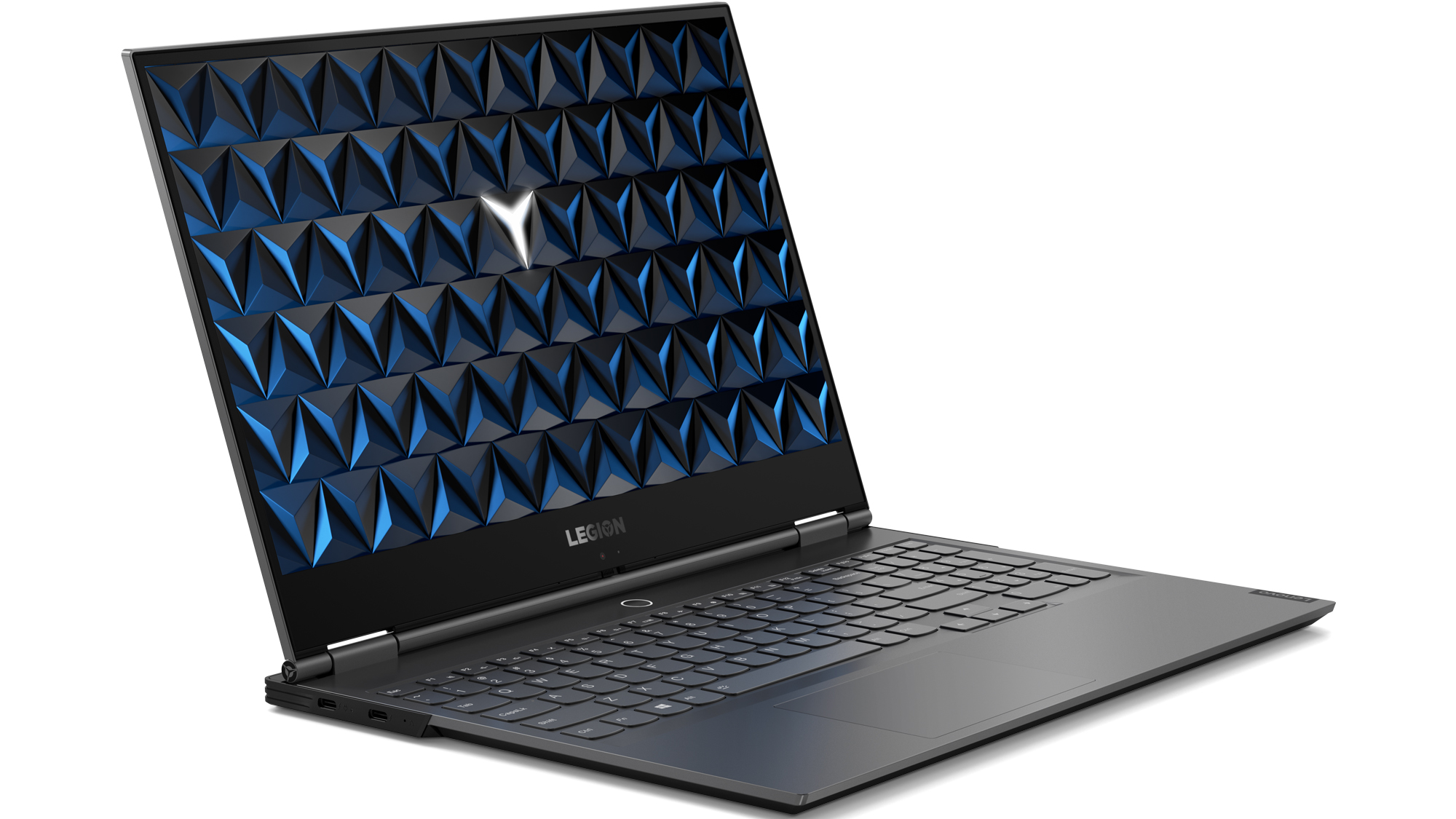Lenovo jumps into eGPU fray with new Legion BoostStation enclosure
Thunderbolt 3 add-on lands with sleek Legion Y740S gaming laptop in tow

One of the largest limiting factors when it comes to cramming desktop-level power into a laptop is the size of the GPU. An oft-forgotten solution to this problem comes in the form of an external graphics processing unit (eGPU), and Lenovo has just unleashed a new one.
- Dell is launching two huge new 4K monitors
- AMD Radeon RX 5600 XT full specs accidentally spilled
- Nvidia unleashes the fastest displays in competitive gaming
As part of its CES 2020 offering, Lenovo has announced a whole new lineup of gaming kit in its Legion range, including the BoostStation eGPU.
The BoostStation connects to your computer or laptop of choice via Thunderbolt 3 and is capable of supporting a decent range of full-sized GPUs, including but not limited to the GeForce RTX 2080 from Nvidia and the Radeon RX 5700 XT from AMD.
It also has room to house additional storage (either an SSD or HHD with a 3.5” or 2.5” slot) and comes with a host of other ports (HDMI, 2x USB 3.1, 1x USB 2.0, and ethernet), effectively rendering it an external hard drive, dock, eGPU, and power solution all accessible via a single cable to your laptop. It even has a microphone, according to the specs list, although we’re not positive what the use case for this would be.
The Lenovo Legion BoostStation eGPU will be available in the US from May starting at $250 for the unit by itself and bundles will become available shortly after. Pricing and availability in other regions are yet to be confirmed.
- macOS Catalina is playing havoc with certain external GPUs
- How to use an eGPU with a Mac
- Razer Core X Chroma eGPU beefs up power supply and adds fancy lighting

Alongside the BoostStation, Lenovo has revealed a gaming laptop to pair with it – the Legion Y740S is an ultra-sleek (14.9mm thin) machine with all the specs you’d need to run the latest games, with the notable exception of a dedicated GPU.
With only an integrated Intel GPU on-board, this means you’ll be fully reliant on some kind of eGPU to play any of the latest gaming titles, but the laptop by itself is more than capable for day-to-day use.
Sign up for breaking news, reviews, opinion, top tech deals, and more.
It’s available with up to 32GB of RAM, up to a 9th-gen Intel Core i9 CPU, and up to 1TB PCIe SSD as far as the guts are concerned, and you’ve got the choice of either a Full HD (1,920 x 1,080) or Ultra HD (3,840 x 2,160) 15.6-inch display as well.
As with the BoostStation, the Legion Y740S will be available in the US from May starting at $1,100 with other regions’ pricing and availability to be confirmed.

Of monitors and mice
Alongside the eGPU and laptop, Lenovo has added three more gaming monitors to its range – the Legion Y25-25, G32QC, and G27c.
The Y25-25 is 24.5-inches, Full HD (1,920 x 1,080), and features FreeSync support, a 1ms response time and a 240Hz refresh rate. In the US it will start at $320 from June with other regions availability and pricing to be confirmed.

The G27c and G32qc are both curved displays, with the former sporting a 27-inch, Full HD (1,920 x 1,080) display, 165Hz refresh rate and 4ms response time, while the latter is 31.5-inches, QuadHD (2,560 x 1,440) and has a refresh rate of 144Hz and a response time of 4ms.
These latter two monitors will be available in the US from March, with the G27c starting at $220 and the G32qc starting at $320. Other regions’ availability is yet to be confirmed.
To complete the package, Lenovo has also announced the M600 Wireless gaming mouse, M300 RGB gaming mouse, and K300 RGB gaming keyboard to join in on the Legion lineup. These are all available from June in the US, starting from $80, $30, and $50 respectively. As above, other region’s availability and pricing information is yet to be confirmed.
- Check out all of TechRadar's CES 2020 coverage. We're live in Las Vegas to bring you all the breaking tech news and launches, plus hands-on reviews of everything from 8K TVs and foldable displays to new phones, laptops and smart home gadgets.
